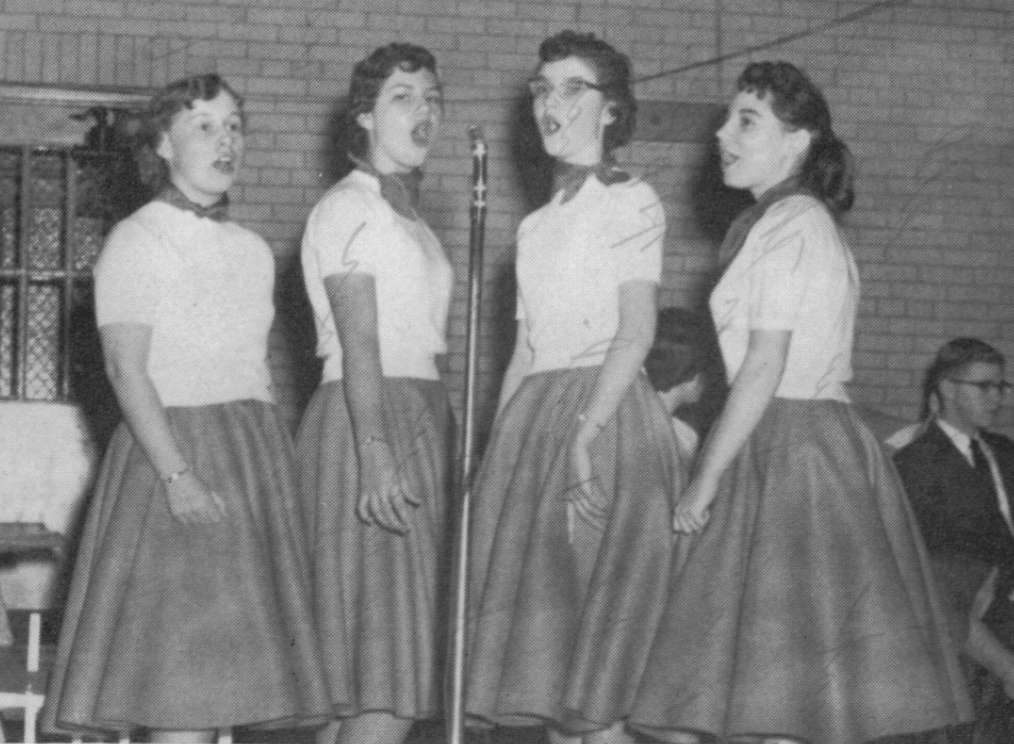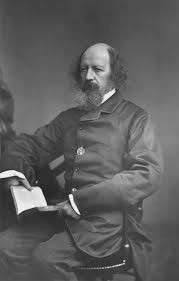GROWING YOUR BUSINESS: Enhance your customer experience

 by Dan Beaulieu
by Dan Beaulieu
Business consultant
Having happy and satisfied customers is the most rewarding aspect of owning a business. If you concentrate on your customers and focus on delighting them you will never run out of business. You can have all the sales you want, all the price gouging, all of the promotions and advertising and, yes, they will all work to a certain extent but the number one thing that will make your company grow and thrive is having a following of delighted customers.
But of course, that is easier said than done. Delighting your customers takes focus, knowledge and concentration, and most of all it takes looking at your company experience from the customer’s point of view. That’s right, to delight your customer you have to walk in his shoes. That means be aware of and enhancing the customer experience.
The best way to do this is to look at every aspect of your business through your customers’ eyes. Look at every aspect of the business experience that your customers see and evaluate it from that point of view.
• How do customers find you? If you’re advertising, what do your ads look like. Evaluate other means of customer acquisition from flyers, to your website, to your social media. How does it look to the customers?
• What happens when they try to reach you? Is it by phone? Does somebody answer the phone immediately and deal with the customer professionally? Or if it’s voice mail, is your message professional? And most importantly with voice mail, do you get back to them quickly? Calling your own company and seeing for yourself how the phone is answered or how the message sounds, could be a real eye opener.
• How does the company present to the customers? Signage, trucks, equipment? If you are in retail, how does you place of business look to the customer?
• If you are a contractor, say a builder, or a roofer, or a landscaper, what is your quote process like? Is it easy and friendly along with being transparent, clear and precise? Do you make sure your customers know exactly what they are getting for their money – exactly what it will cost them? Is the transaction experience pleasant for them?
• Are you always on time? Are you accurate when it comes to when your team will arrive on the premises and how long it will take to do the job?
• Do you keep the customer informed at all times as to how the job is coming along? Do you communicate with them immediately when something goes wrong, telling them why, what you can do about it and how much more it will cost, if it does cost more?
• How about the work site? Do you keep it clean and uncluttered? No loud music or smoking or raucous behavior. Are all your associates courteous to your customer?
• When the job is complete do you take the time to do a walk through with your customers to make sure they are satisfied with the work you have completed? They should be delighted enough for you to ask them for a reference or testimonial.
• And finally, do you follow up a week later to make sure they are still happy with your work? This is the time to ask them how you did and if they would use you again. This is the time to make them a customer for life.
Now that you’ve looked at all aspects of your business, the service you perform and how you performed it, are you happy? Is this the way you want people to see your company? If it’s not, then fix what needs fixing. If it is, then good for you. But don’t stop there. The best way to keep growing your company is to always be finding ways to make the customer experience better. That’s the right way to grow your company.


 For good health and strong teeth, treat your gums well.
For good health and strong teeth, treat your gums well.
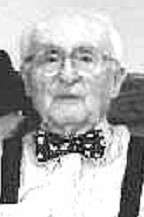




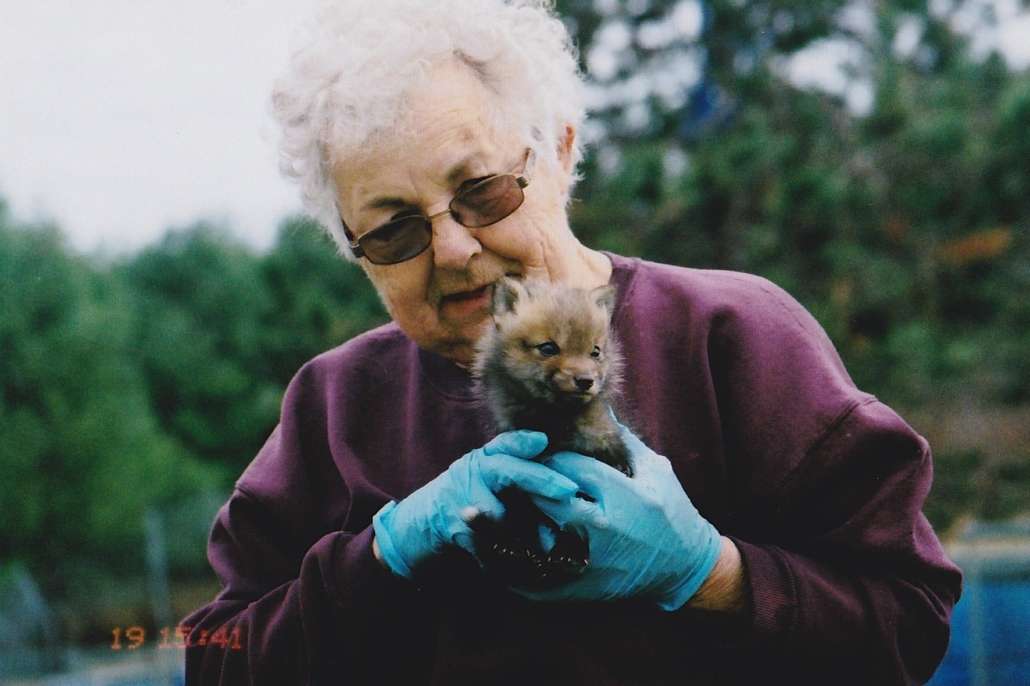

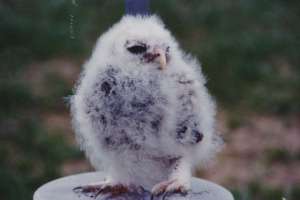



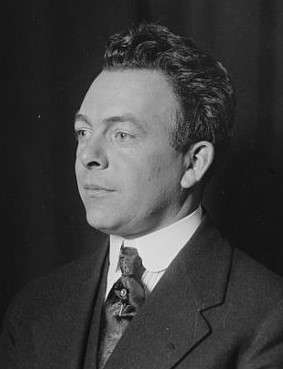
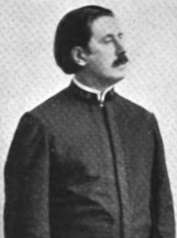
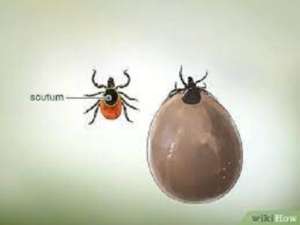

 When we talk about mental health we are talking about “a person’s condition with regard to their psychological and emotional well-being.” Our mental health influences how we think, feel, and behave in daily life. It also affects our ability to handle stress, face and overcome challenges, maintain and build relationships, and recover from difficulties and setbacks.
When we talk about mental health we are talking about “a person’s condition with regard to their psychological and emotional well-being.” Our mental health influences how we think, feel, and behave in daily life. It also affects our ability to handle stress, face and overcome challenges, maintain and build relationships, and recover from difficulties and setbacks.